Sigma Mixer Design And Operation | JCT Machinery
 Mar 11,2024
Mar 11,2024

 JCT
JCT
What is sigma mixer?
Sigma mixer is a kind of equipment widely used in pharmaceutical, chemical, metallurgy and other industries. It is mainly used for mixing, kneading, pressing and other processes of various powder or granular materials. Sigma mixer has the characteristics of simple structure, convenient operation and uniform mixing. It is an important part of modern production.
Sigma Mixer's Design
It is mainly composed of 5 parts: the kneading part, the base part, the hydraulic system, the transmission system and the electronic control system. The blade types include fishtail, z-shaped, cutting, ∑-shaped, etc.
The discharging methods of sigma mixer include cylinder discharging, bottom discharging and screw extrusion discharging.
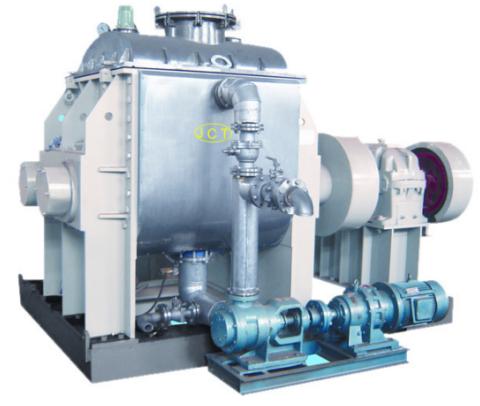
How to choose blade types?
1. Fishtail-type: suitable for kneading cellulose materials.
2. Z-shaped: it is used to disperse and mix pigments in resin under high viscosity conditions.
3. Cutting-type: it is the strongest mixing paddle, suitable for kneading ultra-high viscosity materials under high power and heavy load conditions. When using cutting-type blades, most of them adopt a tangential arrangement of two blades. Applicable materials: rubber, iron oxide, magnetic recording materials, etc.
4. ∑-shaped: it is the most general type. Suitable for kneading operations that require large movements of external materials in the kneading and tank. It is mainly used for the overlapping arrangement of the two paddles, especially for squeeze and dehydration operations. Under certain circumstances, it is most suitable to use a ∑-shaped blade. Applicable materials: chewing gum, glass glue, sealant, hot melt glue, etc.
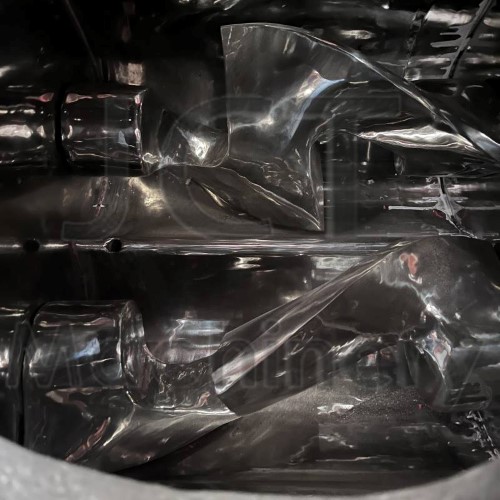
How to choose discharge type?
1. Cylinder Discharge: the hydraulic system uses a hydraulic station to control the large oil cylinder to complete the opening and closing functions. The hydraulic system uses a hydraulic station to control the oil cylinder to complete functions such as turning over the cylinder and opening the cover. Laboratory small-scale sigma mixer can be turned over manually.
2. Bottom Discharge: take out the mixed materials from the mixing chamber by opening the discharge port.
3. Screw Extrusion Discharge: during the rotation of the screw, the material is compressed and extruded by the screw. The designed to push materials in a specific direction.
Sigma Mixer Working Principle
The working principle of sigma mixer is mainly based on the strong shearing action produced by a pair of blades that cooperate and rotate with reach other. This shearing action enables semi-dry or rubbery viscous plastic materials to react quickly to achieve uniform mixing. When sigma mixer is working, the motor is driven to the driving paddle through the reducer, and then drives the driven paddle through the gear. The propeller blade of the mixing paddle drives the material for axial and radial extrusion, as well as high-speed and low-speed extrusion. Perform kneading, kneading, blending, mixing and other movements to accelerate the physical and chemical reactions of materials.


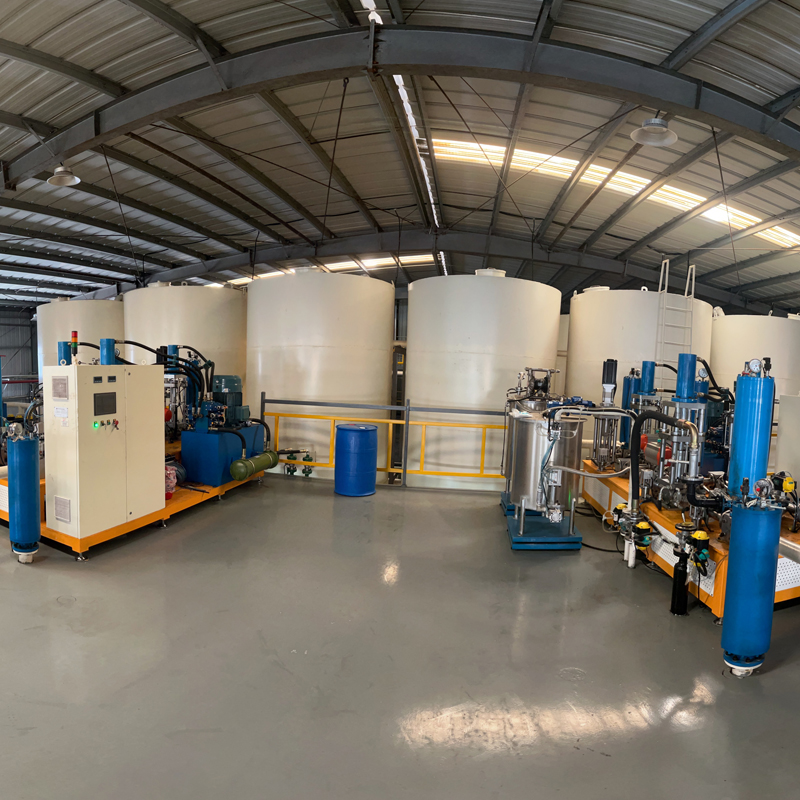
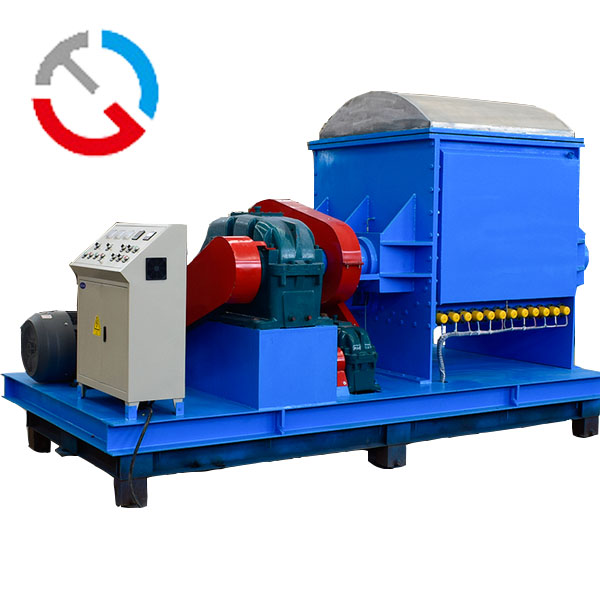
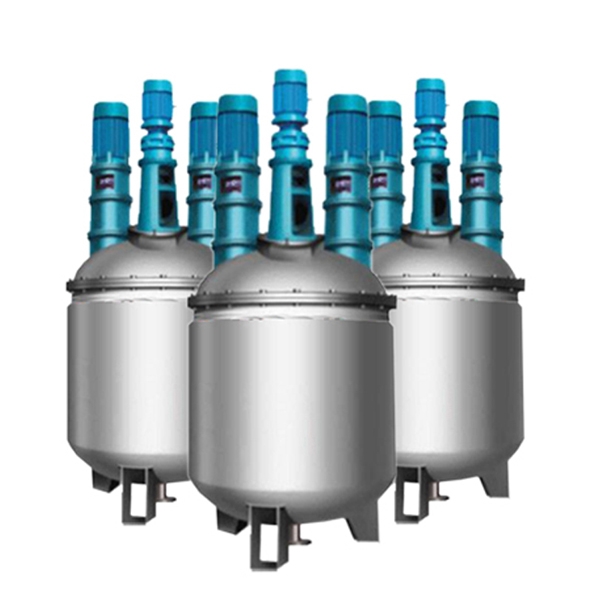
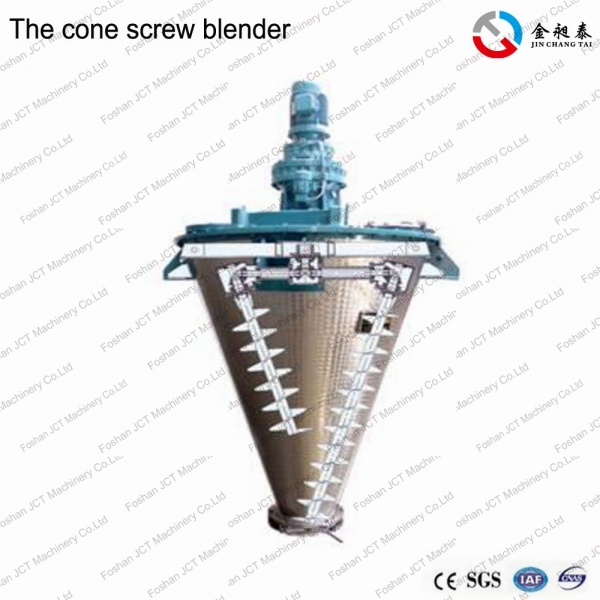


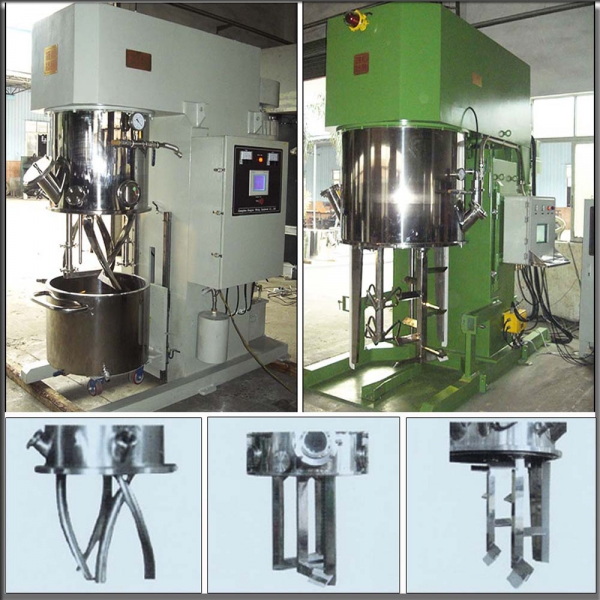







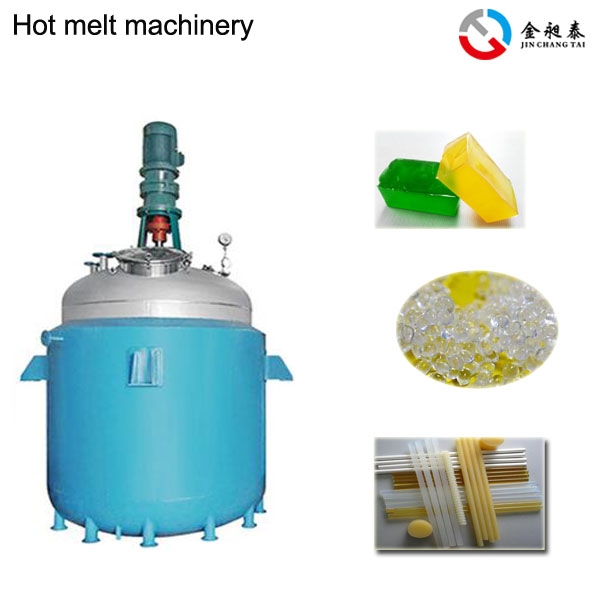
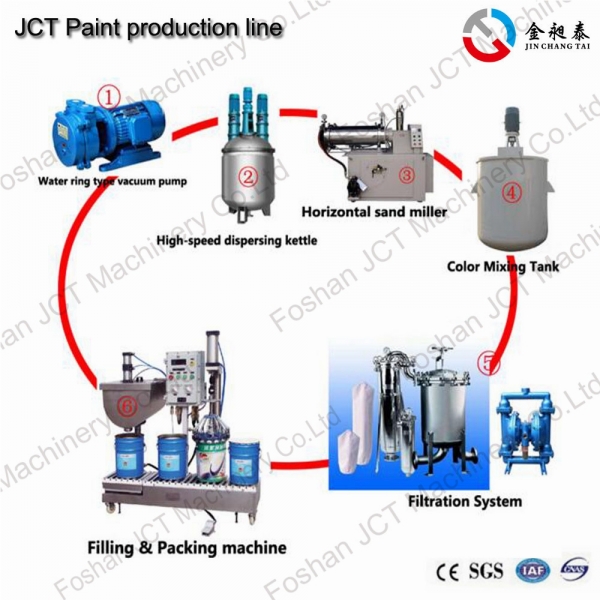
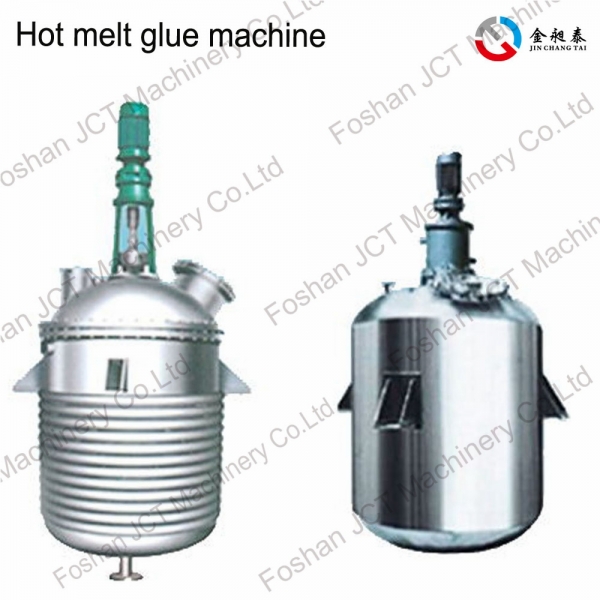
 CN
CN
 HOME
HOME Electric Heating Reactor | JCT Machinery
Electric Heating Reactor | JCT Machinery  You May Also Like
You May Also Like
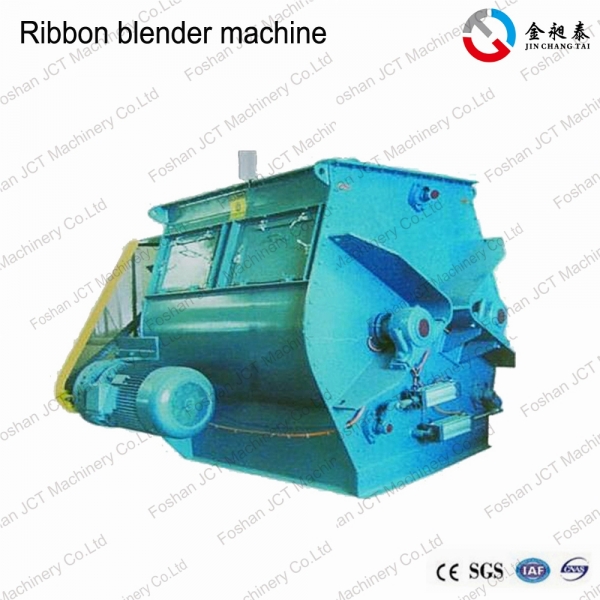

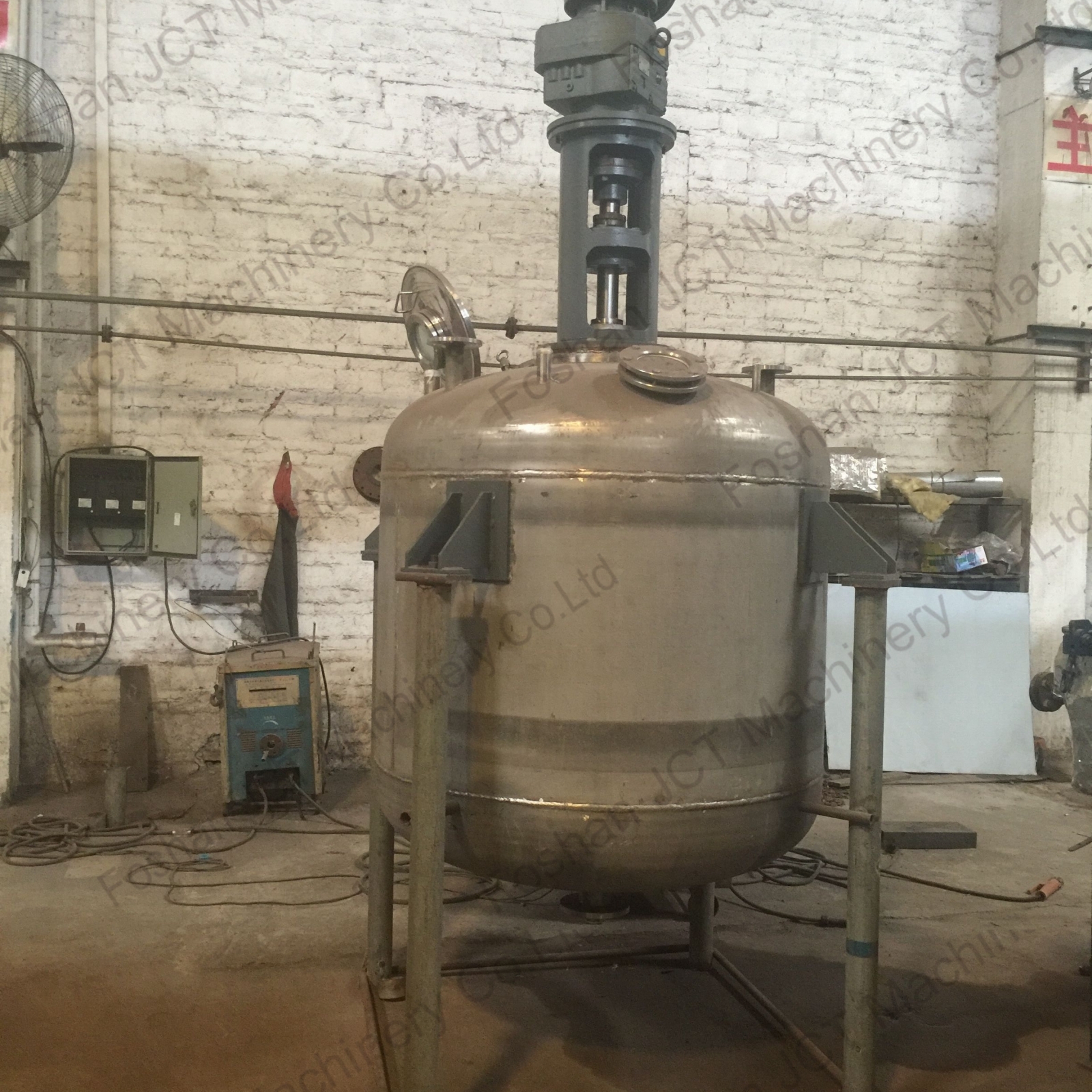
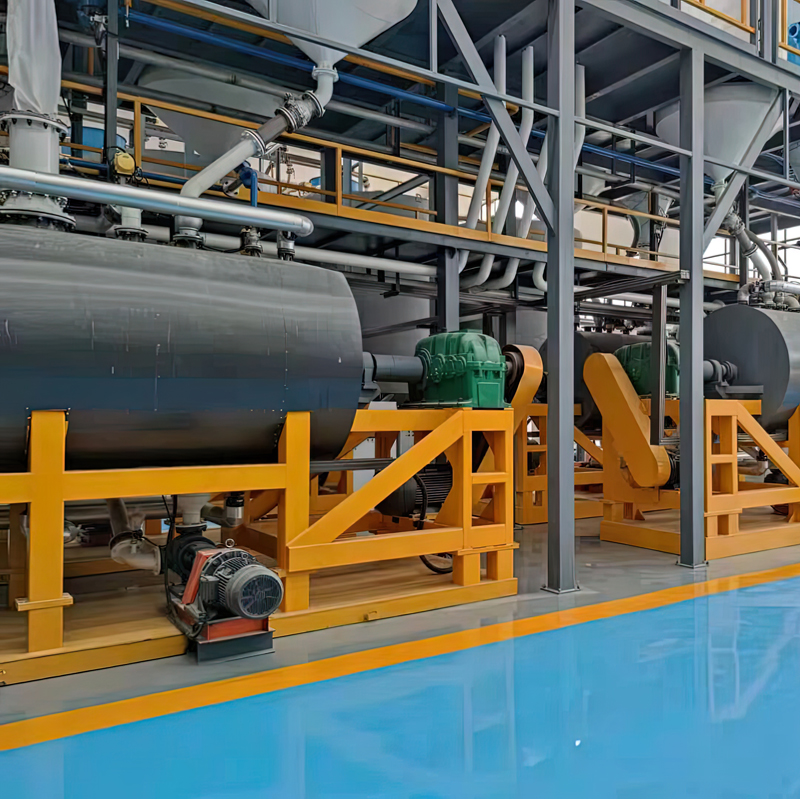
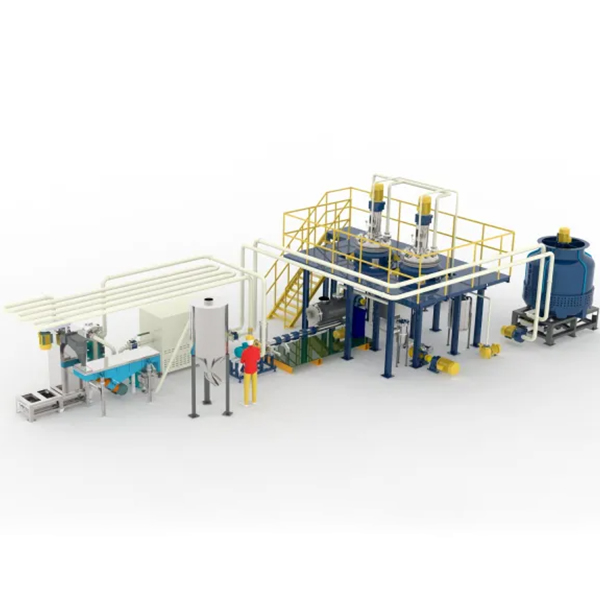

 Tel
Tel
 Email
Email
 Address
Address










